Huckleberry (Vaccinium and Gaylussacia) are a group of fruiting trees and shrubs that belong to the heather family Ericaceae. The family contains a wide variety of huckleberry species native to each corner of the US. Some members of this family contain other well-known berries. Including cranberry (Vaccinium macrocarpon), highbush blueberry (Vaccinium corymbosum), and lowbush blueberry (Vaccinium angustifolium), all of which are common in parts of New England. You may often pass a Huckleberry shrub or tree on your weekend walk in the forest or even have a species nestled at the bottom of your garden.
Habitat
Typically you will find all huckleberry varieties growing on or near alpine or subalpine slopes, forests, and lakesides. Their root system is unusually shallow, with the branches extending from an underground stem. Their fruits vary in size, shape, and color, from bright red to deep black.
Varieties
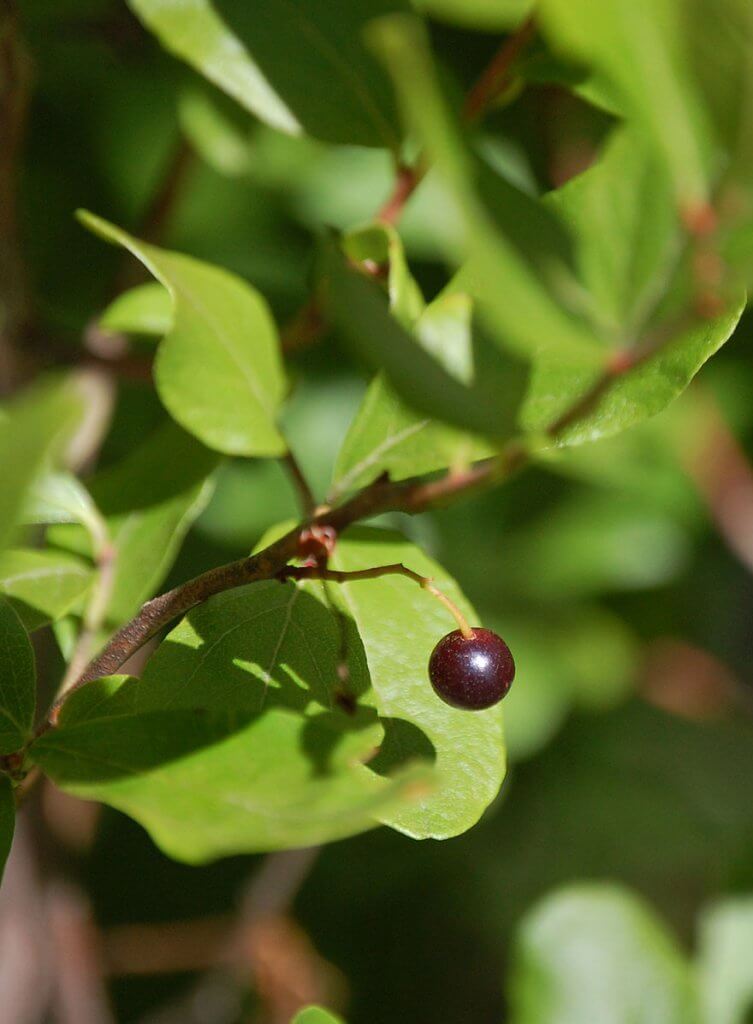
The name huckleberry is often used to refer to a broad range of wild fruiting trees across America. The Vaccinium varieties are typically found in the west of the United States, however, some varieties can be found throughout the Northern hemisphere. These include red huckleberry (Vaccinium parvifolium) and bilberries (Vaccinium myrtillus). Whereas the Gaylussacia huckleberry varieties are found in northeast America and also within mountainous areas of South America.
The Black Huckleberry (Gaylussacia baccata) is one of four particularly common species in the northeast. It bears plump, round berries about half an inch in diameter. Box huckleberry (Gaylussacia brachycera) is another common variety that you may encounter in the Appalachian mountains. This variety differs from other huckleberry species as it lacks the resinous glands found on the underside of its leaves.
A name made exceedingly familiar by ‘Huckleberry Finn’ in the famous books of Mark Twain. Huckleberries seem to have drifted into the past as an old-fashioned fruit that many believe has been replaced by more exotic and commercially farmed options. The tart-tasting berry has such a variety of uses, an interesting history, and is a great source of nutrition, which are all explored below.
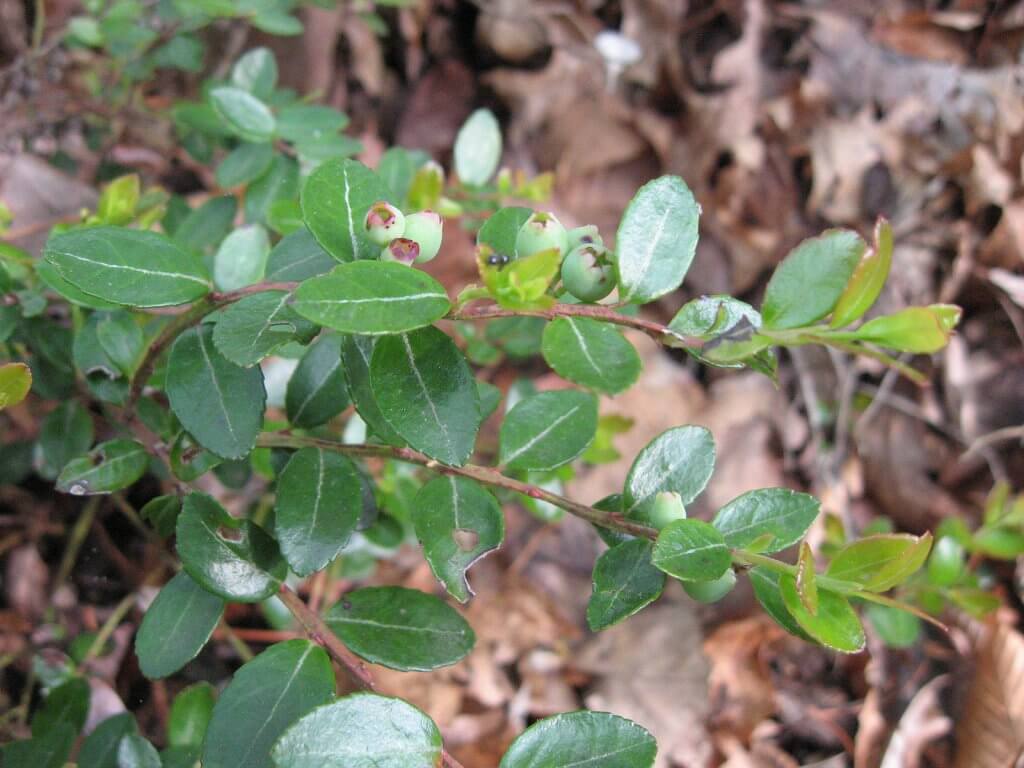
Cultivation and Harvesting
Many have tried to farm and cultivate huckleberries, but due to their specific growing conditions, many attempts failed to succeed. Typically, huckleberry seeds need a covering of snow or a period of cold weather to undergo stratification. This is the preparation a seed moves through to get ready for germination. Many also believe that the soil composition found in the wild is hard to replicate commercially. Because of this huckleberries are often commercially harvested from the wild, to be turned into jams and other products.
Native Americans have successfully cultivated wild areas of huckleberries for many generations. Crop burnings were carried out to stimulate the growth of the plant. Huckleberries are very common in areas of recently burnt or clear-cut land. They exceed very well when competition from other plants is limited.
Damp soil with a slight acidity is usually the optimum condition for growing huckleberry varieties. Depending on your chosen variety you may struggle to grow huckleberries unless your land or garden is similar to the conditions the plant experiences in the wild. Many varieties are specifically cultivated and grown as an ornamental addition to a garden.
Foraging
The fruits tend to ripen in late summer, with fall being the perfect time to harvest and forage. Most foragers will collect huckleberries by hand from local plants, however, you may need to journey into a forest or mountainous slope to find your source. It is often suggested to pick huckleberry fruits facing uphill, as this gives you the best angle for seeing any fruits hidden by leaves.
Foraging is usually a safe activity, but take care of steep slopes, daylight hours, and also bears if you are in areas that they inhabit. As with all types of foraging, make sure not to pick the area clean. Remember to leave some for other foragers, including wildlife! They are an important food source for many bird species, small mammals, and even bears. When you have collected your fill, keep the berries cool and refrigerate or freeze as soon as you get home.
Identification
As with any type of foraging or harvesting of wild foods, please be sure that you are collecting the correct fruit. Some berry species can be poisonous, so correct identification is very important. Toxic look-a-likes exist such as deadly nightshade (Atropa belladonna), garden huckleberries (Solanum nigrum), and American black nightshade (Solanum americanum). Consider purchasing an identification book or even take a local guide with you who knows the plant life. Huckleberry looks very similar to native blueberries which are perfectly edible too.
Huckleberry plants will typically measure no more than 4 and a half feet, anything taller is not likely to be huckleberry. You will usually find them at the edge of forests or areas of land as they need more light. Their leaves are ovate and will be lightly serrated at the edges.
History
Huckleberries have a long history within Native American cultures. They have been collected and even cultivated by many generations for use within cuisine and also herbal remedies. Women and girls would usually be the collectors of huckleberries. During the harvesting season from mid-summer to late fall high quantities of berries were collected and dried for use throughout the winter. Berry collecting ceremonies were often carried out, with all members of the community involved in processing, drying, and storing the berries. Songs, blessings, and rituals all played a part in this important harvest. The berries still hold significance for many Native American peoples today.
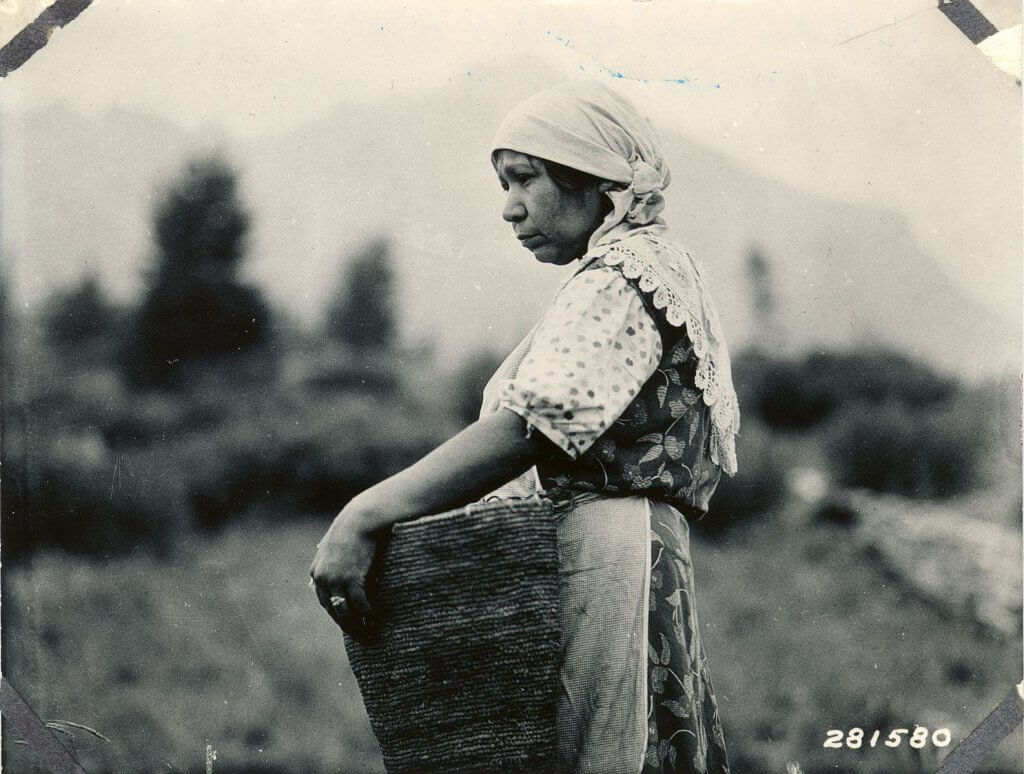
Current situation
Many varieties of huckleberry have worrying populations levels. For example, the box huckleberry is listed as a vulnerable species and black huckleberry is considered threatened. Over foraging and lack of habitat is largely to blame, so sustainable foraging must be undertaken.
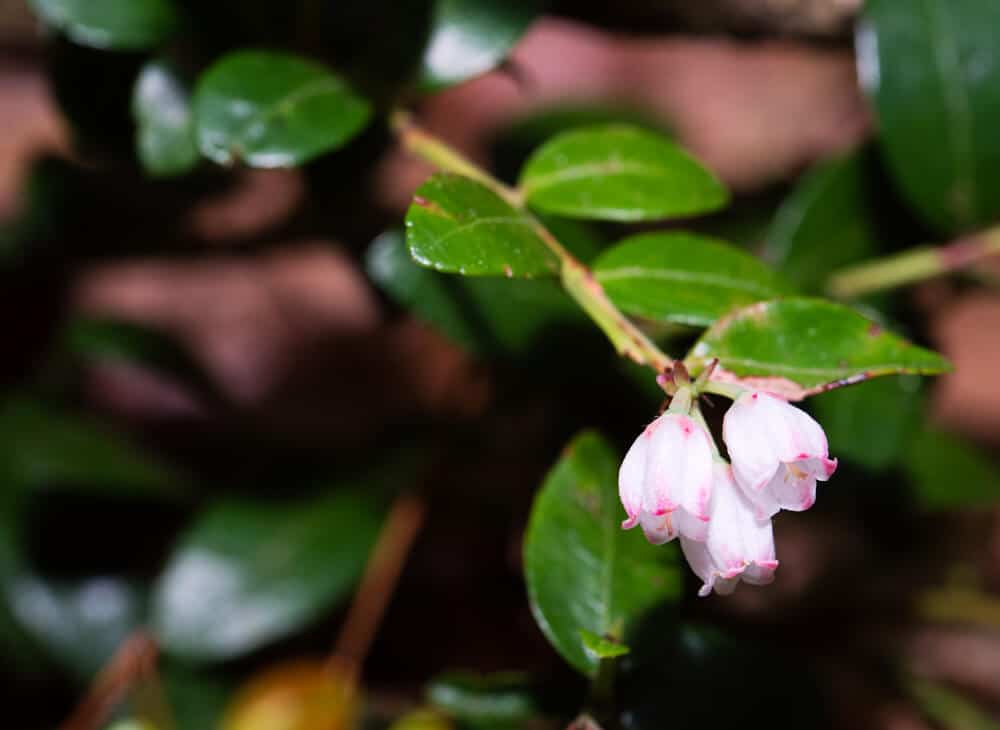
Is Huckleberry Toxic?
Wild huckleberry varieties are safe to consume (within reasonable, food quantities). However, care must be taken when identifying plants. Garden huckleberries, which bear no relation to the wild varieties, can be toxic when eaten raw. So be sure to correctly identify the plant you wish to harvest.
Uses
Culinary uses of Huckleberry
Jams, pies, puddings, pancakes, syrups, you name it, huckleberry can be incorporated into a variety of recipes. The leaves, whether dried or fresh, can also be infused with boiling water to create tea. You are not likely to find northeastern huckleberry varieties in supermarkets or within many commercial products. So local harvesting is the best way to collect your own supply. Many Native American recipes used huckleberries within cakes, and even as an accompaniment to salmon roe.
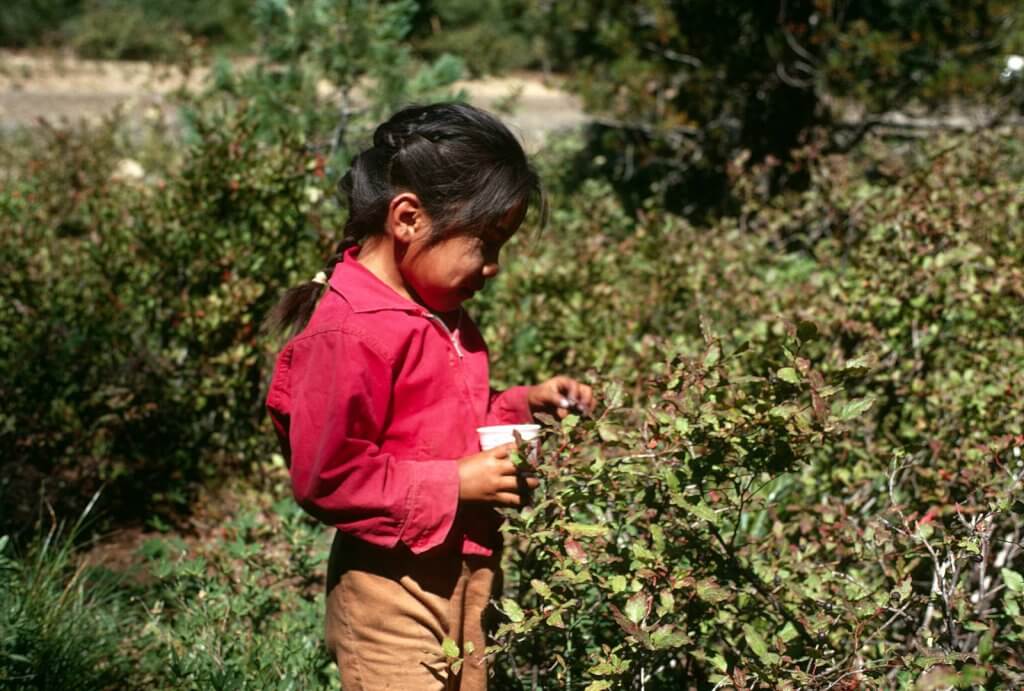
Medicinal uses of Huckleberry
The stem, leaves, and roots of huckleberry plants were used by Native Americans to create healing remedies for arthritis and heart troubles. Europeans once used Vaccinium huckleberry extracts to treat inflammations and sores within the throat and mouth.
Like their nutritious, native neighbors Juneberry (Amelanchier) and Black Chokeberry (Aronia melanocarpa), Huckleberries have a good amount of vitamin C and high levels of antioxidants. Their high level of vitamin C has led many people to believe huckleberries are good for maintaining a healthy immune system and for keeping diseases at bay.
Did you know…
In 2000, huckleberry was officially declared the state fruit of Idaho. The state is the native home to a number of varieties including Black Huckleberry.
Conclusion
Hopefully now as you pass by a tree or shrub you will look at huckleberry in a new light. Perhaps even harvesting some delectable berries for a pie or homemade jam. But be sure to take only as many as you need, it is our responsibility to keep populations of huckleberries thriving and healthy.
—————Written by Hannah Sweet
Hannah is a freelance writer and graphic designer from the UK. With a penchant for travelling, photography and all things botanical, she enjoys writing about a wealth of topics and issues, from conservation and slow living, to design and travel. Learn more about her writing and design services at www.sweetmeanders.co
Many of our readers find that subscribing to Eat The Planet is the best way to make sure they don't miss any of our valuable information about wild edibles.
See our privacy policy for more information about ads on this site






